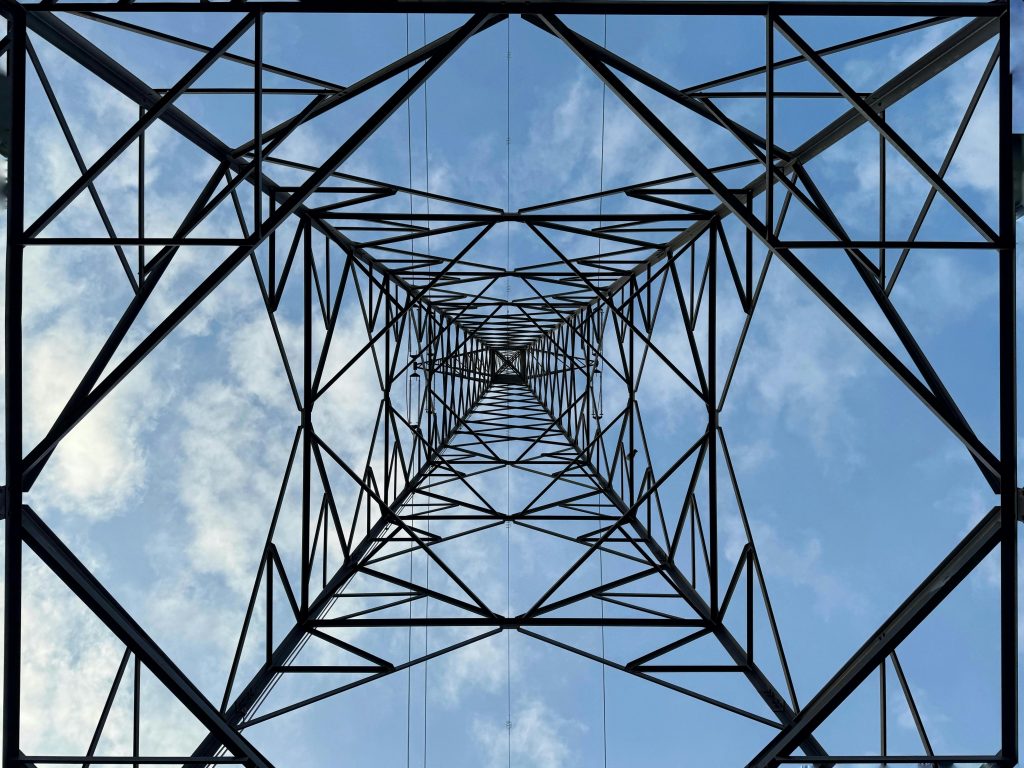Troubleshooting External Hard Drive Recognition and Data Recovery: A Guide to Resolving I/O Device Errors
External hard drives are invaluable tools for data storage and backup. However, users may encounter situations where their drives become unrecognized by certain software tools, despite visible detection by Windows. This article addresses common issues such as “I/O device errors,” explores troubleshooting steps, and offers guidance on safely recovering data from problematic external drives.
Understanding the Issue
Imagine you’re attempting to clone or recover data from your Seagate FreeAgent 3 TB external drive. While Windows Explorer displays errors like “device I/O error” when trying to access files, the drive may still be visible in Windows Disk Management. In such cases, specialized software tools like Macrium Reflect or DiskGenius may fail to recognize the drive altogether, complicating data recovery efforts.
Background and Common Causes
Over time, external drives can develop hardware or logical issues, especially if they have a long operational history (e.g., over 8 years). Typical symptoms include:
- Intermittent or persistent I/O errors
- Recognition in Windows Disk Management but not in recovery software
- Difficulty accessing data, with potential ‘RAW’ filesystem indications after diagnostic tools are run
- Corruption or damage due to hardware failure, corrupted sectors, or file system errors
Initial Troubleshooting Steps
-
Verify Hardware Connections:
Ensure that cables, USB ports, and power supplies are in good condition. Using different cables or ports can rule out physical connection issues. -
Use Windows Built-In Tools:
- Run
chkdskwith parameters/f /r /xto repair filesystem errors and recover readable sectors. -
Note: Extended runs may be interrupted by unexpected shutdowns, which can sometimes result in the drive being marked as RAW.
-
Assess Data for Criticality:
Prioritize safeguarding important data. Stop attempts that risk overwriting or further damaging the drive if the data is invaluable.
Handling a Drive Reported as RAW
If chkdsk reports the drive as RAW, it indicates filesystem corruption. Using data recovery software designed for such scenarios can help. Many professional tools include features to recover data from RAW or corrupted partitions.
Dealing with Partial Recognition by Cloning Software
In situations where cloning software like Macrium Reflect or DiskGenius detects the drive but cannot access partitions, try the following:
- Update or Reinstall Software:
Ensure you
Share this content:



